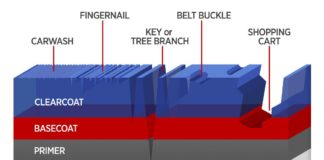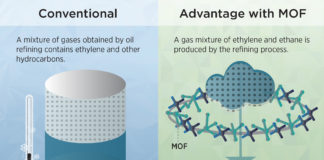Tag: NIST
A super-fast “light switch” for future cars and computers
Switching light beams quickly is important in many technological applications. Researchers at ETH have now developed an “electro-opto-mechanical” switch for light beams that is...
Nondestructive Method Assessing Bioengineered Artificial Tissues
Real-time technique noninvasively counts the number of live cells in a 3D artificial scaffold.
Nondestructive Method Assessing Bioengineered Artificial Tissues: Engineering organs to replace damaged...
‘Magnetic topological insulator’ makes its own magnetic field
A team of U.S. and Korean physicists has found the first evidence of a two-dimensional material that can become a magnetic topological insulator even...
“Lazarus Superconductivity” Observed in uranium ditelluride
Researchers from the University of Maryland, the National Institute of Standards and Technology (NIST), the National High Magnetic Field Laboratory (National MagLab) and the...
New Tests Improve Auto Body Coatings
Know that sickening feeling when you exit the grocery store and find your car has been banged up by a runaway shopping cart? It...
MOF could make plastic manufacturing more energy-efficient
An innovative filtering material may soon reduce the environmental cost of manufacturing plastic. Created by a team including scientists at the National Institute of...
New method measures 3-D polymer processing precisely
Recipes for three-dimensional (3D) printing, or additive manufacturing, of parts have required as much guesswork as science. Until now.
Resins and other materials that react...
A novel graphene quantum dot structure takes the cake
In a marriage of quantum science and solid-state physics, researchers at the National Institute of Standards and Technology (NIST) have used magnetic fields to...
Helping the microchip industry go (very low) with the flow
A new study by scientists at the National Institute of Standards and Technology (NIST) has uncovered a source of error in an industry-standard calibration...
Light-warping properties of hyperbolic metamaterials
Manipulating light in a variety of ways—shrinking its wavelength and allowing it to travel freely in one direction while stopping it cold in another—hyperbolic...




















